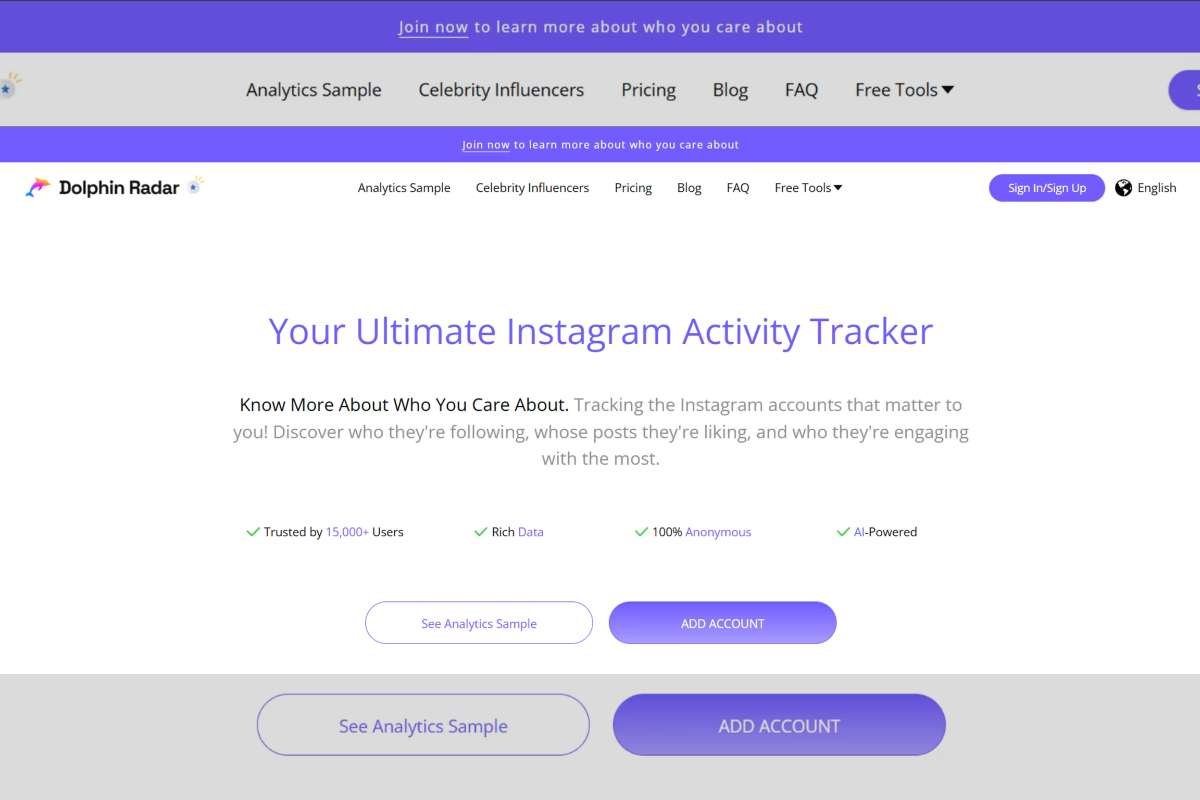Did you know that, despite the assurances of great ROI, a shocking amount of highly engineered email marketing campaigns today are performing worse than ever, averaging open rates of no greater than 15%? For decades, email was the clear heavyweight champion of digital outreach, the most direct and reliable way to nurture leads and convert prospects. Today, however, it is a world apart, and many marketers are left wondering what happened to their great emails that now land in the ‘email dustbin.’
The failure here isn’t because of effort or better spam filters. Instead, it is a delicate, foundational change in the very core of user attention. Let’s uncover the mystery behind the reason people are ignoring your messages. We will dissect the specific tactics and personalization needed to save the email marketing campaigns from being irrelevant and convert them back into your greatest revenue engine.
Why Should You Use Email Marketing in 2026?
Email marketing isn’t new, but its importance is higher than ever. Businesses are using it not just to sell but to nurture communities, educate users, and enhance customer retention. Well-designed email marketing campaigns allow you to:
- Deliver targeted content directly to subscribers.
- Build long-term relationships with customers.
- Drive measurable sales and conversions.
- Personalize messages based on customer behavior or purchase history.
According to 2025 marketing reports, email remains one of the top-performing channels, generating up to $42 for every $1 spent. It’s flexible too — from sending time-limited offers to launching educational mini-courses or sharing customer success stories, your emails can serve multiple goals within a single campaign.
How to Start Modern Email Marketing Campaigns?

Launching successful email marketing campaigns in 2026 involves more strategy than ever before. With privacy laws, AI-driven personalization tools, and data segmentation becoming the norm, businesses must focus on clarity, consent, and creativity.
Step 1: Build a Quality Email List
Forget about mass email purchases — 2026 is all about organic growth. Build your subscriber list through opt-in forms on your website, blog, or social platforms. Offer genuine incentives such as discounts, eBooks, or insider updates.
Use trusted tools like Mailchimp, Brevo (formerly SendinBlue), or ConvertKit to automate sign-ups and verify leads. For cleaner data, consider using Klean Leads or NeverBounce instead of older alternatives.
Make your sign-up form engaging — try lines like:
- “Join 50,000+ smart marketers and get weekly insights.”
- “Subscribe and unlock 10% off your first purchase.”
Step 2: Create and Send Engaging Emails
Once you have a verified list, the next step is crafting engaging content. Your email marketing campaigns should focus on relevance over frequency.
Avoid generic templates — design emails that reflect your brand voice. Use tools like Canva, Stripo, or BeeFree to design visually appealing templates that render well across devices.
Incorporate personalization using AI-powered tools like HubSpot or ActiveCampaign, which allow dynamic content such as personalized recommendations, birthday greetings, or behavior-based product suggestions.
Step 3: Analyze, Adjust, and Improve
The biggest advantage of digital email marketing campaigns in 2026 is access to advanced analytics. Use tools like Google Analytics 4, Klaviyo, or Campaign Monitor to track performance metrics such as:
- Open rates and click-through rates.
- Conversion and unsubscribe rates.
- Engagement time and device preferences.
Based on this data, tweak your content, experiment with A/B testing, and refine your targeting. Remember — your first campaign won’t be perfect, but every one after should be better.
7 Common Reasons Your Email Marketing Campaigns Fail
Even experienced marketers make mistakes that cost them engagement and conversions. Here are the most common reasons your email marketing campaigns might be underperforming — and how to fix them in 2026.
1. Sending Too Many Emails

More emails don’t always mean more engagement. In fact, sending too many can lead to unsubscribes or spam complaints. Find your sweet spot through testing and feedback surveys, asking subscribers how often they’d like to hear from you.
2. Poor Timing
In 2026, AI tools like Seventh Sense will help determine the best time to send emails based on recipient behavior. For example, B2B campaigns perform best during weekday mornings, while eCommerce messages often convert better in the evening or on weekends.
3. Not Reaching the Inbox
Email deliverability is still a challenge. Around 15% of marketing emails land in spam folders. Improve your deliverability by verifying domains, using authenticated email addresses (SPF, DKIM, DMARC), and keeping your email lists clean.
4. Overly Long or Boring Content

Keep emails short — between 300 and 500 words — with clear CTAs and engaging visuals. Instead of dumping all information into one email, link to your website or landing page for more details.
5. Weak Subject Lines
Your subject line decides whether your email gets opened or deleted. Use action-driven, benefit-oriented language and avoid spam triggers like “Free” or “Limited Time Offer.”
Examples:
- “Still thinking it over? Here’s 15% off to decide faster.”
- “This new update could double your email open rates.”
6. Lack of Compelling Content
Your readers should look forward to your emails. Share product tutorials, seasonal tips, success stories, or exclusive deals. Personalized storytelling — especially using user-generated content — drives 3x higher engagement.
7. Irrelevant or Wrong Content Type

Segment your audience by behavior, location, or purchase intent. Sending the same content to everyone in 2026 is a waste of resources. Advanced segmentation tools ensure your message reaches the right audience with the right tone.
Conclusion:
The email marketing campaigns have grown dramatically. But its power remains unmatched. In 2026, success lies in combining human creativity with AI-driven precision. Personalization, smart timing, and authentic storytelling now matter more than flashy designs or mass mailing. By understanding your audience, experimenting with data insights, and continually improving your message, your email marketing campaigns can become a consistent driver of revenue and customer loyalty.
So, the next time your open rates dip or conversions slow down, don’t panic. Refine, re-target, and reimagine your strategy. Because in the right hands, email marketing still delivers the highest ROI of any digital channel.
FAQ:
1. How often should I send emails to my subscribers?
There’s no one-size-fits-all rule. However, sending 1–2 emails per week generally balances engagement and retention. The ideal frequency depends on your niche, audience expectations, and campaign goals. Always track open and unsubscribe rates — if those rise, it’s a sign your email marketing campaigns may be too frequent or irrelevant.
2. How do I avoid my emails landing in the spam folder?
To maintain deliverability:
- Use verified sender domains (SPF, DKIM, DMARC).
- Avoid excessive use of promotional language.
- Keep your email lists clean by removing inactive addresses.
- Ask recipients to whitelist your email.
Following these best practices ensures your email marketing campaign reaches the inbox instead of the spam folder.
3. What’s the average ROI of email marketing campaigns in 2026?
According to the latest marketing reports, the average return on investment (ROI) for email marketing is $42 for every $1 spent. This makes it one of the most profitable digital marketing channels. A well-optimized email marketing campaign, focused on personalization and relevance, can outperform even paid social or PPC ads in terms of conversion rate.




















